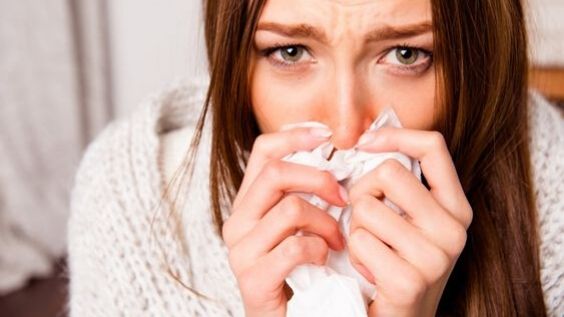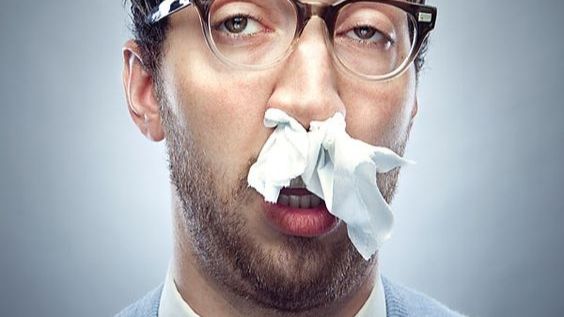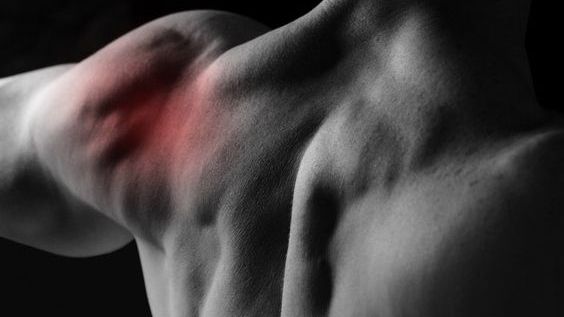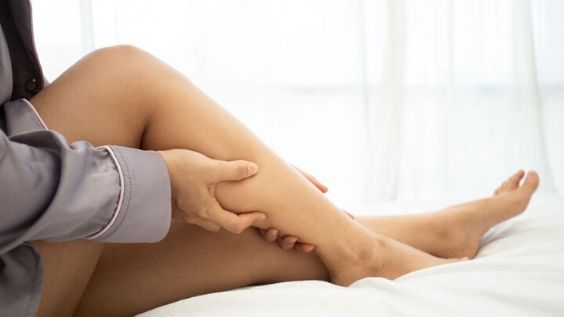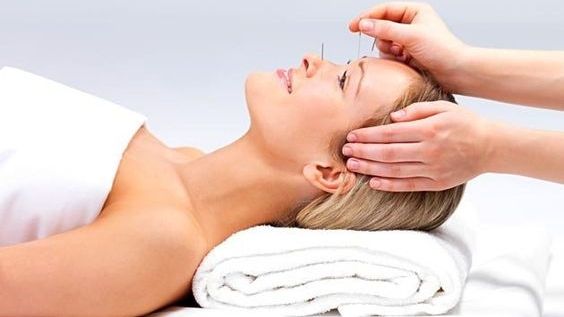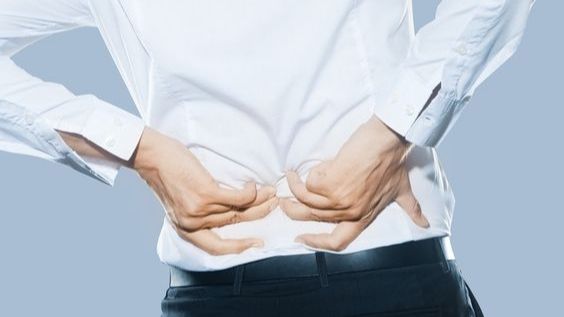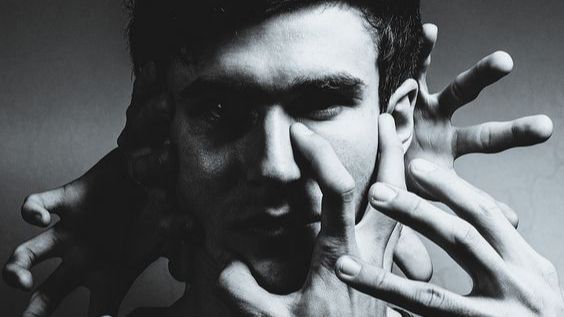
Anxiety is a normal human emotion and most people will experience it to some degree as a normal response to stress. Anxiety becomes pathological when it repeatedly interferes with daily life, is irrational, excessively prolonged or out of proportion with the cause. In Traditional Chinese Medicine, anxiety is the emotion most frequently associated with disorders of the heart and instability of shen. The Shen is easily agitated by heat and easily destabilized if heart or blood are weak.
For obvious reasons, patients with anxiety need to be treated with special care and gentleness. Many will be phobic and may have a major fear of acupuncture, so the technical and communication skills of the therapist are of utmost importance in reassuring the patient and engaging them in a program of treatment. At the same time, many patients will be medicated. Any anxiolytic medication should be withdrawn gradually, while constitutional treatment to support their yin, qu etc proceeds. In our experience, acupuncture is especially good for calming the shen and the repeated application of needles on a weekly or twice-weekly basis ensures the momentum of the treatment. At the same time, herbs are particularly good at replenishing yin and blood and providing the anchor for the shen. Together, acupuncture and herbs are effective at ameliorating the withdrawal effects of conventional medications, and at the same time dealing with the problem that gave rise to the anxiety in the first place.
It is important to remember that other drugs may be responsible for a anxiety, and to elicit a full list of medications and other potential aggravating substances the patent is taking. In addition to the benzodiazepines and recreation drug noted above, other drugs like appetite suppressants and caffeine may be implicated. Excessive use of caffeine (in coffee, chocolate and cola drinks) is a reasonable common cause of anxiety and easy to overlook.


